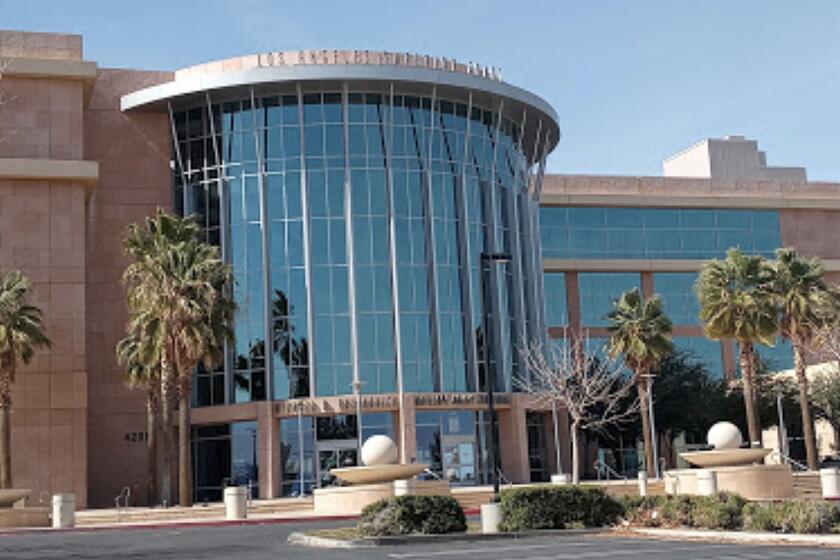Activists Press to Block Plant’s Discharge Into Malibu
- Share via
CALABASAS — Every summer, Malibu residents complain of the inevitable onslaught of San Fernando Valley beachgoers who head over the hill, clog traffic along Pacific Coast Highway and snatch the parking spaces cherished by locals.
But there is another Valley export making waves in Malibu. And this time it’s not making its way to the beach in a convertible loaded with blankets and a cooler.
In a controversy dating back to 1979, Malibu residents and environmental groups are charging that the Calabasas-based Tapia Wastewater Treatment Plant is causing environmental damage by releasing treated waste water from the Valley--and Malibu--into Malibu Creek, which flows into the ocean.
Alleging that discharges of effluent during the “dry season” (March through October) are causing Malibu swimmers to get sick, they are asking the Regional Water Quality Board to keep the Valley’s treated waste water out of their surf.
The board will meet June 16 to consider whether to renew the plant’s permit to discharge treated waste water into the creek during certain months of the year.
. The board itself has already proposed a moratorium on Tapia water releases into Malibu Creek from June through mid-September each year. That does not satisfy the opponents, who want the moratorium to extend through the end of October.
Officials of the Las Virgenes Water District--which serves 60,000 customers in the western San Fernando Valley and Malibu--insist they are doing their best to mitigate the effects of the plant and add that they would like to see the board set goals rather than restrictions.
“We have been successful in recycling water and have shown good faith in our ability to perform,” said Norm Buehring, director of resource conservation and public outreach for the district. “We would like to see that reflected in the permit.”
The plant now cleans the discharge that goes into the creek by sending substandard water to be used for limited purposes, such as watering golf courses, he said.
Tapia officials insist that water leaving their facility, which was built in the mid-1960s as a joint venture with eastern Ventura County’s Triunfo Sanitation District, would be considered drinkable in 48 states, though not California.
But opponents contend the water board’s proposed moratorium doesn’t go far enough, insisting that more restrictions should be placed on the treatment plant because of its impact on people and wildlife.
“They could be discharging bottled water in there and it wouldn’t matter,” said Mark Gold, executive director of Heal the Bay, an environmental group. No matter what state the water is in when it leaves the plant, it picks up contaminants as it flows toward the beaches, he said.
“You’re talking about a 110-square-mile watershed which contains urban runoff and may include things like herbicides, animal droppings and runoff from septic systems. All of those sources are washed down the creek, collect in Malibu Lagoon and could cause people to get sick if they breach the sand barrier and reach Surfrider Beach,” he said.
Add to that, Gold said, the danger to wildlife caused by fluctuating salinity levels in the lagoon and high levels of nitrates and phosphates in the water, and the result is “a toilet bowl effect.”
However, a recent UCLA study found the Tapia plant contributed little of the pollution in Malibu Creek, although the study did not assess health risks to surfers.
“In renewing the permit we are analyzing what’s going on in the Malibu Creek watershed as a whole, not just Tapia discharge,” said water quality board chief Winnie D. Desna. “Right now, there are a lot of perceptions but no hard facts.”
More to Read
Sign up for Essential California
The most important California stories and recommendations in your inbox every morning.
You may occasionally receive promotional content from the Los Angeles Times.










